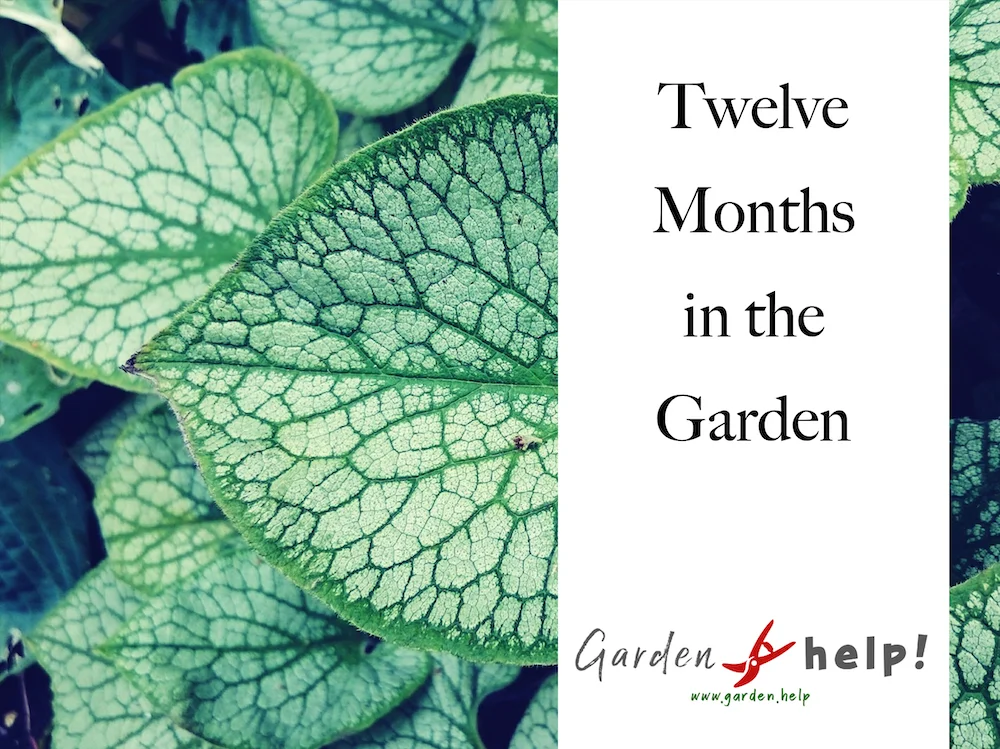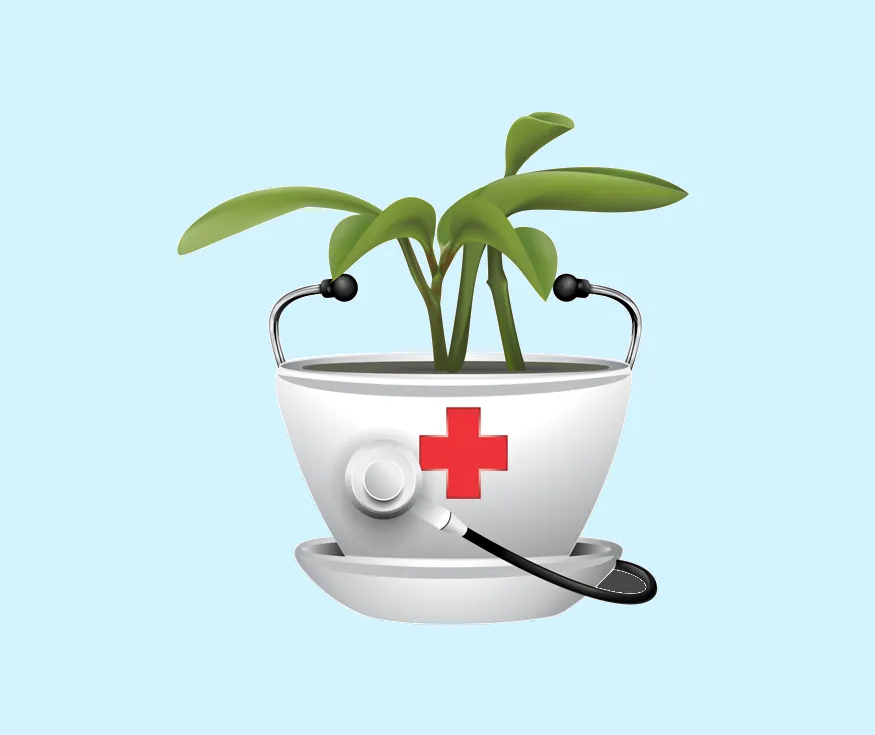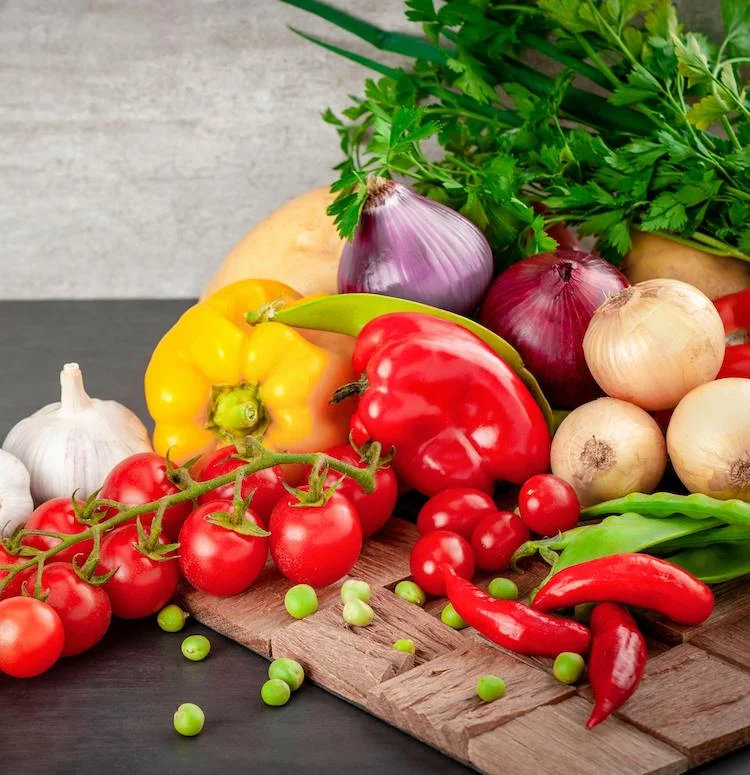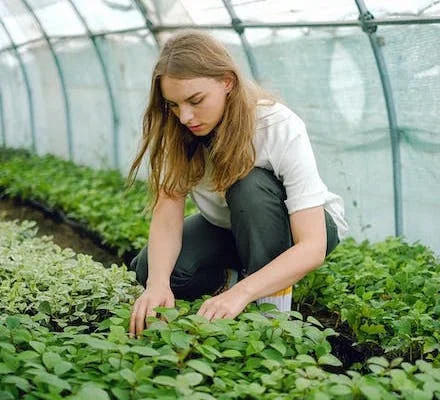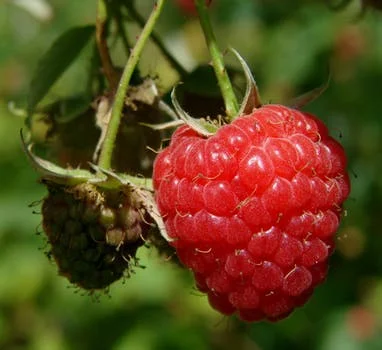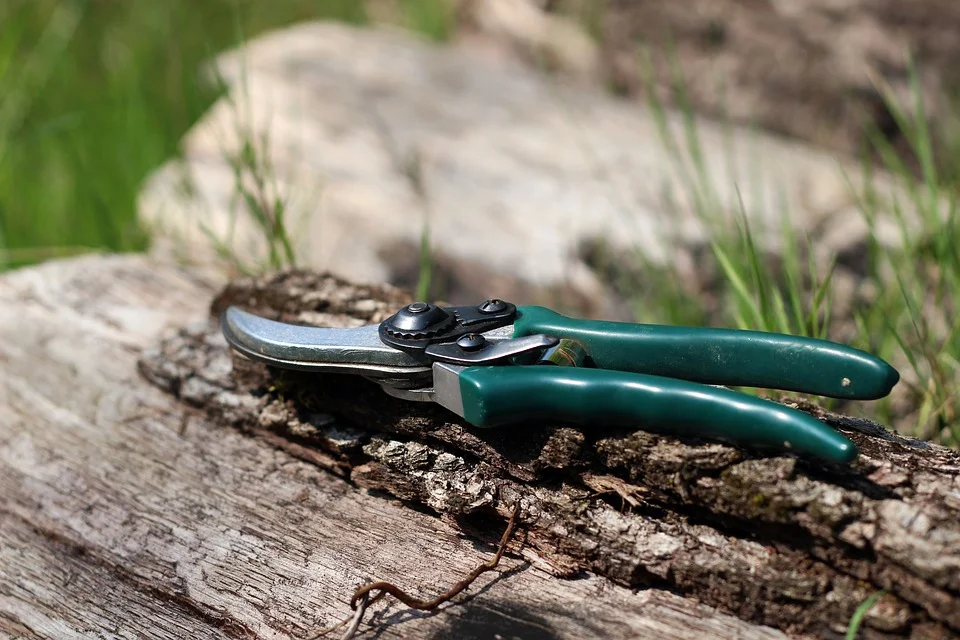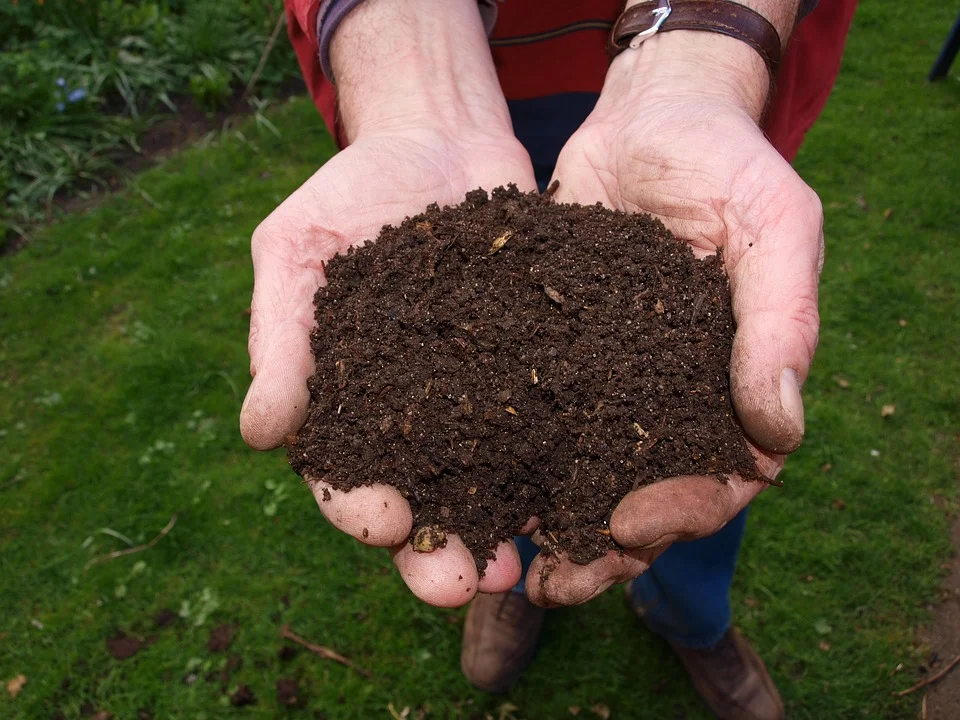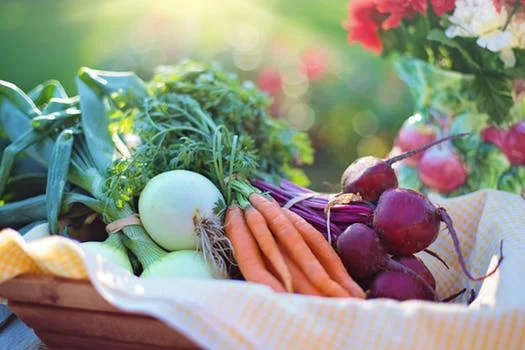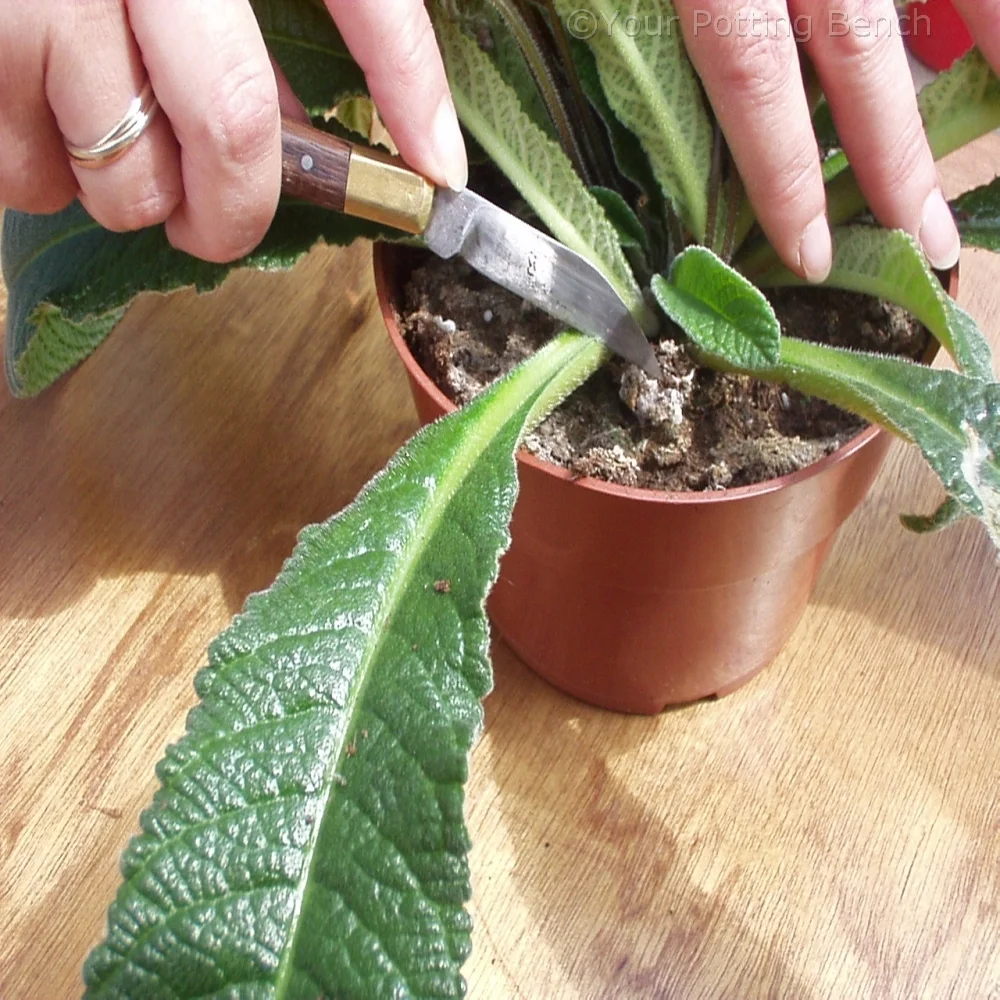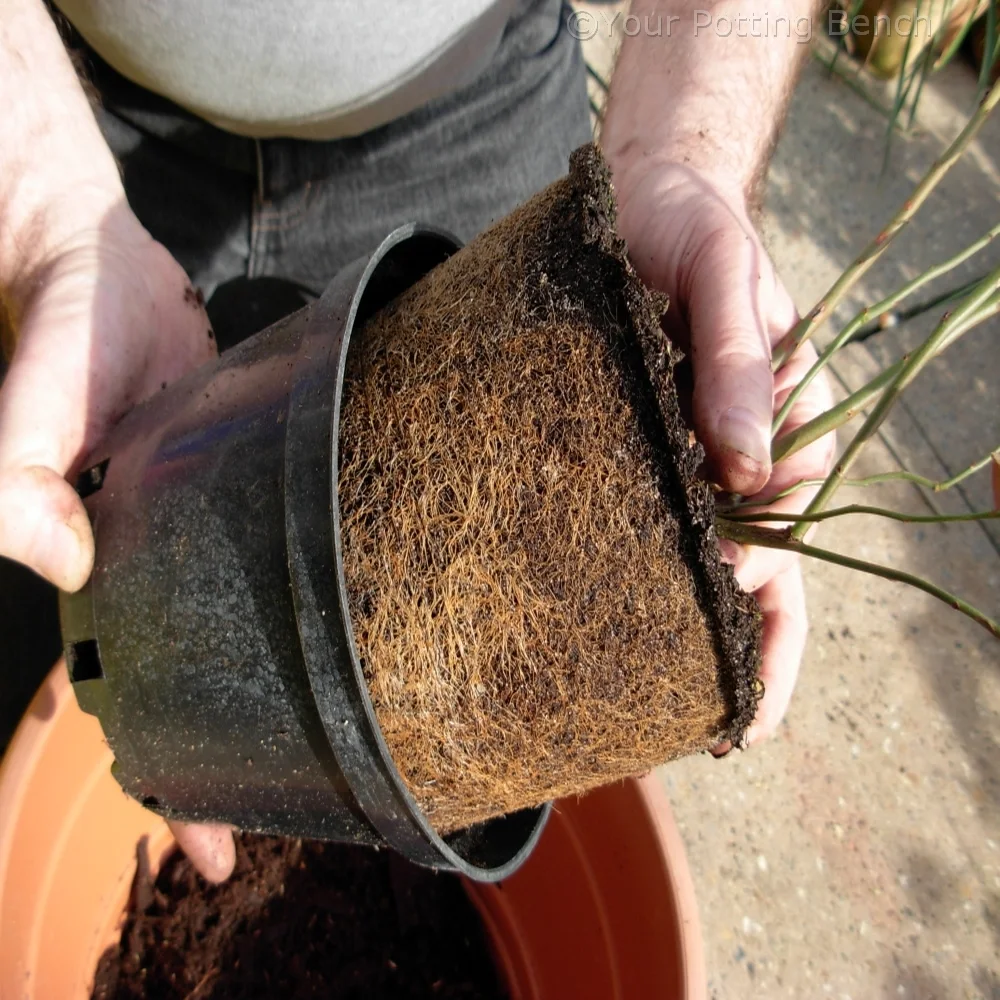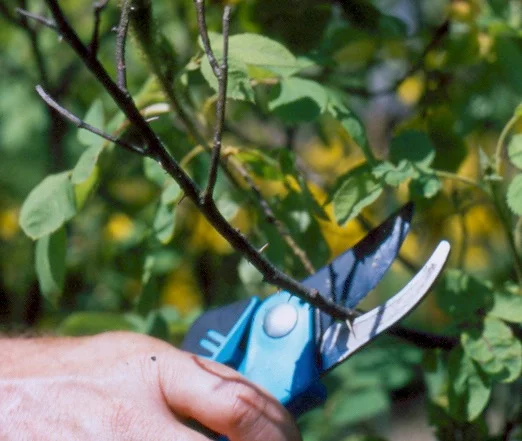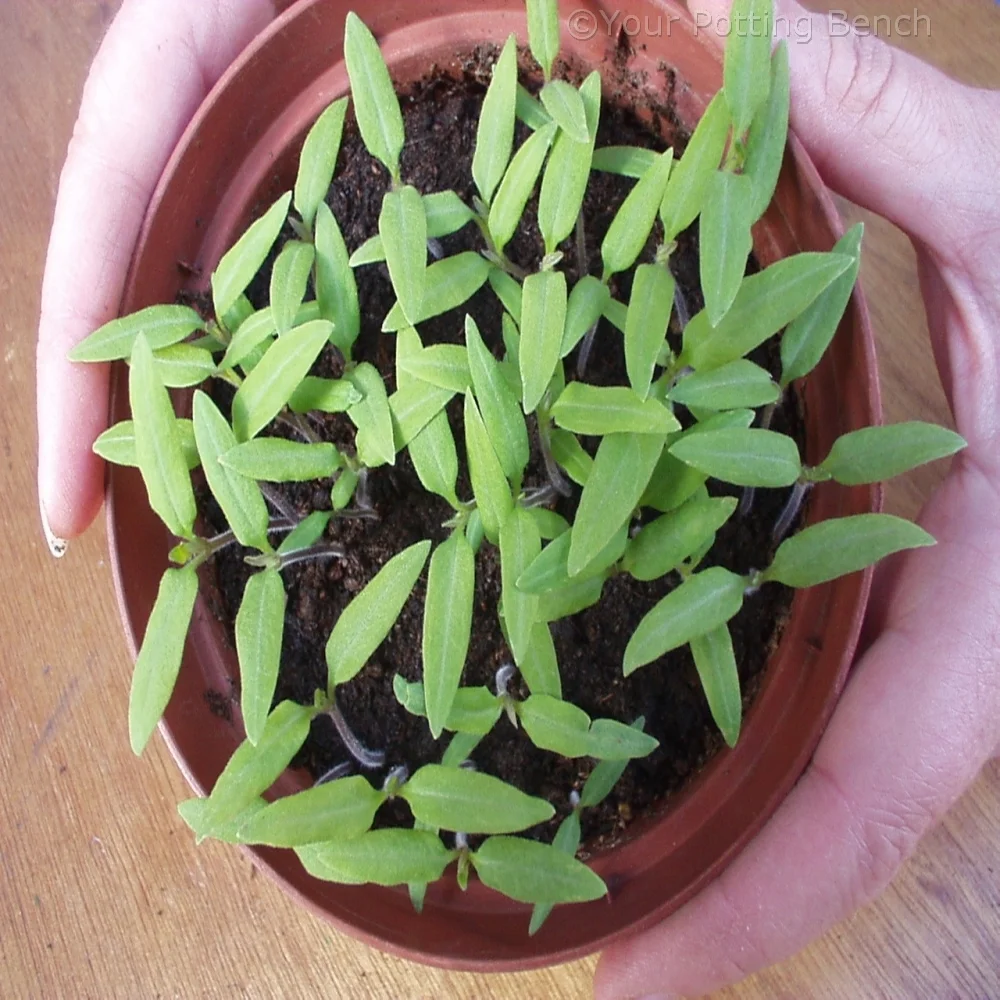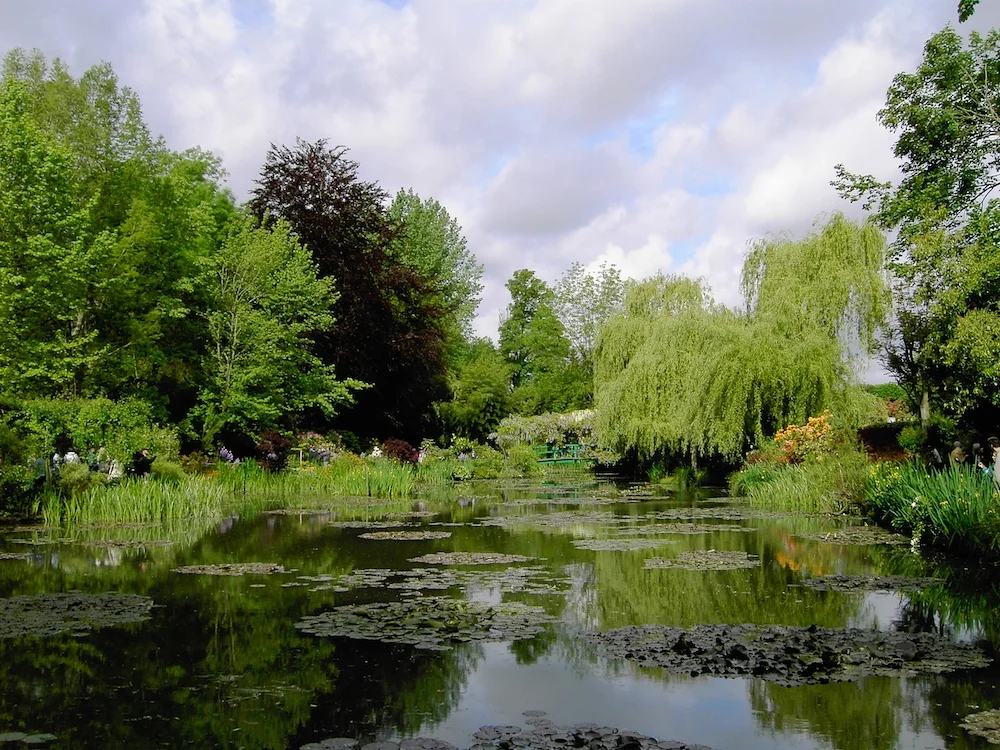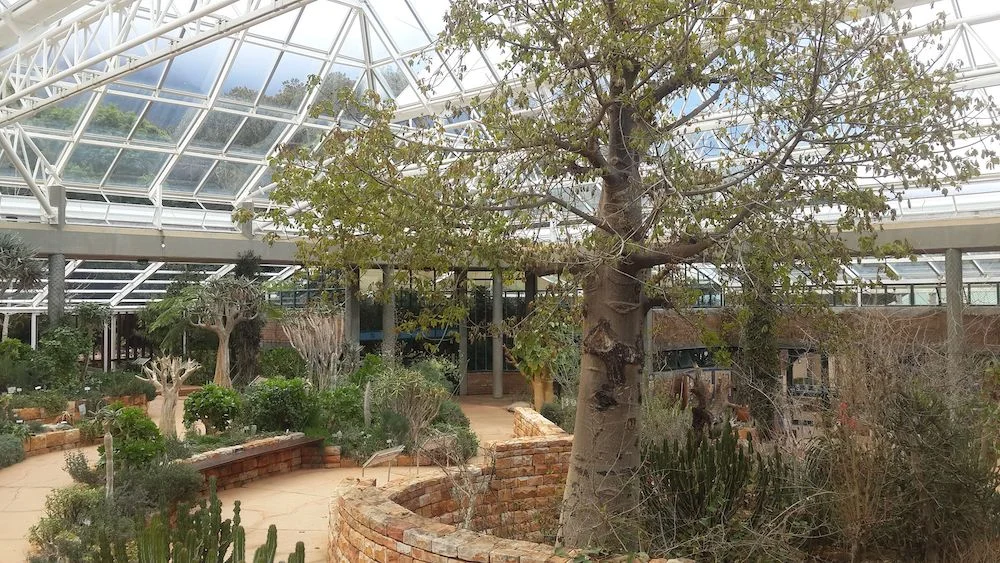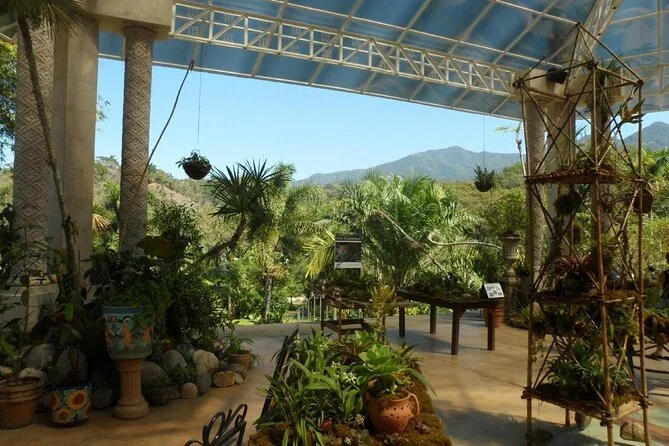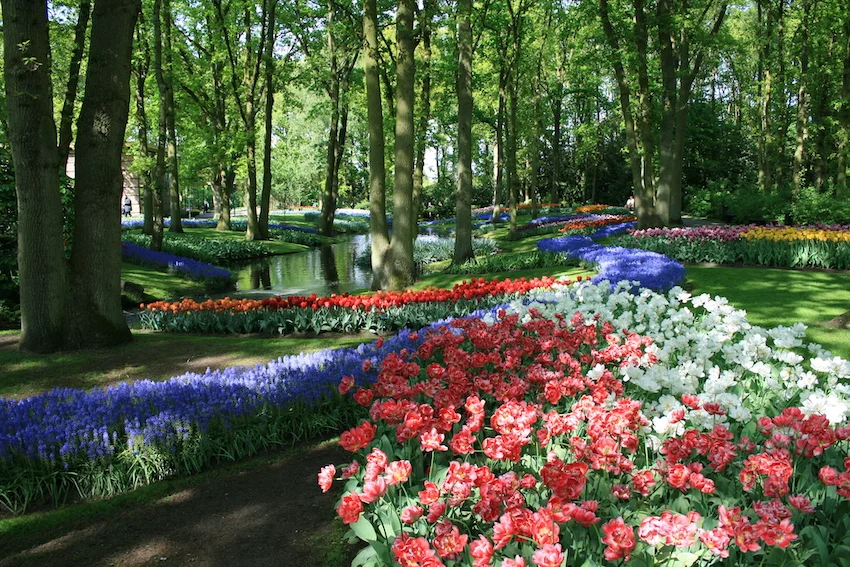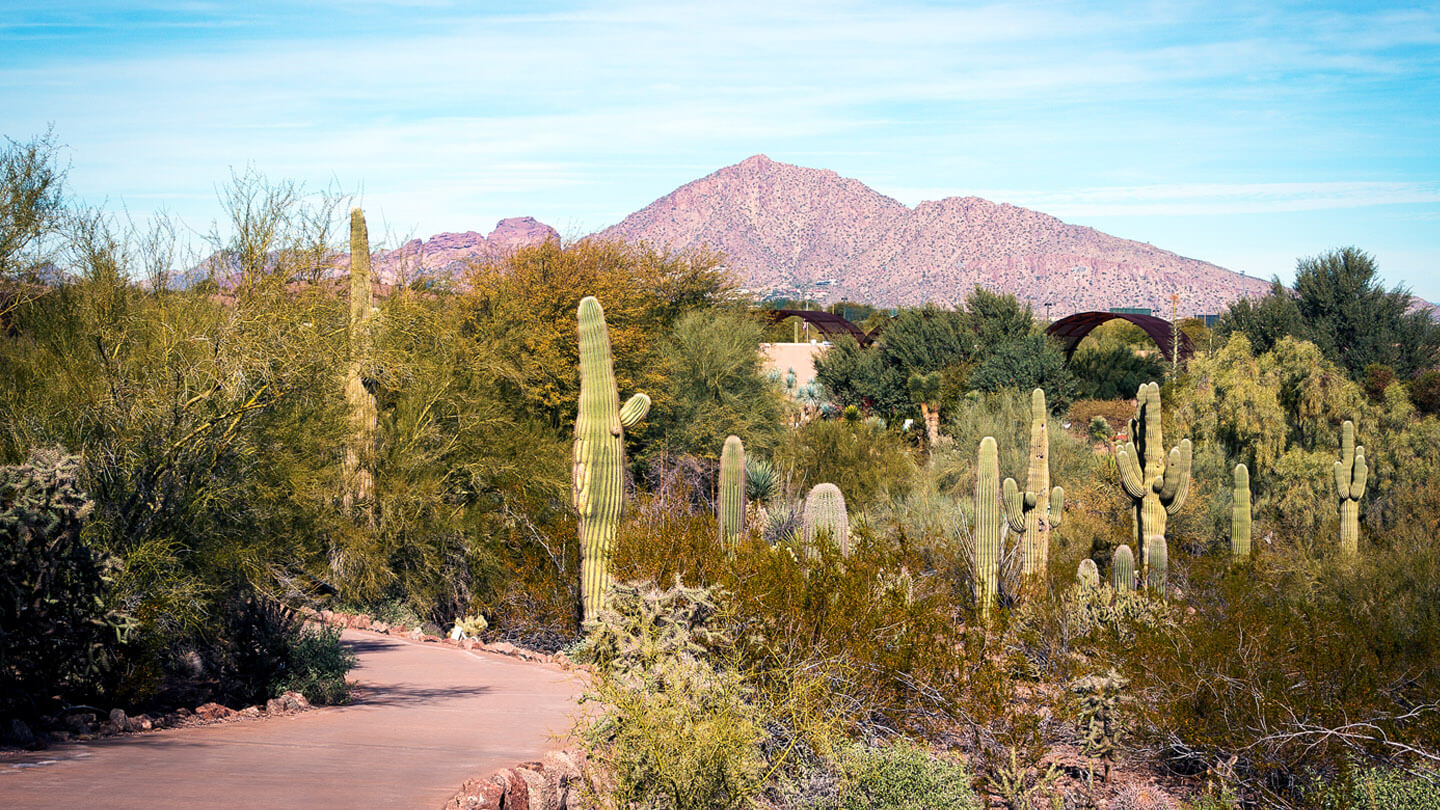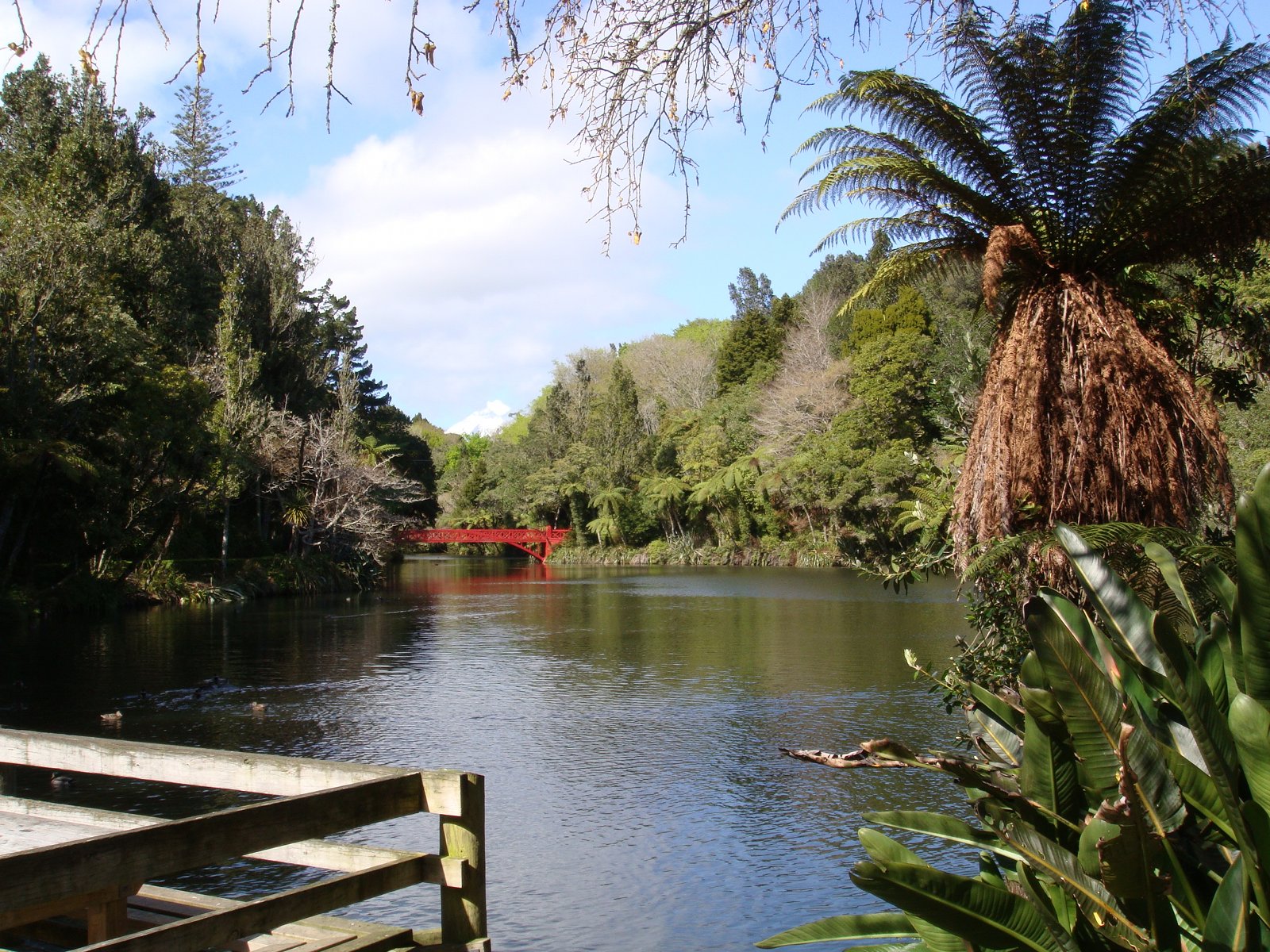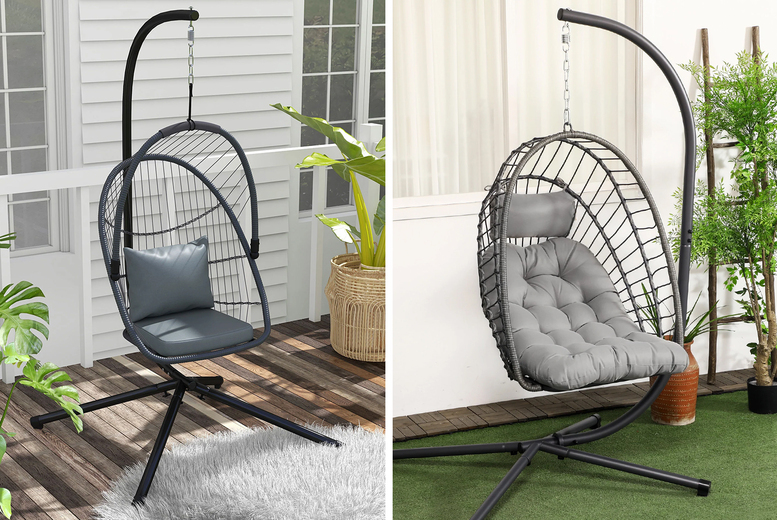Home /
Gardening Glossary
Welcome to the gardening glossary, a comprehensive reference guide designed to assist both seasoned horticulturists and budding gardeners alike.
A |
B |
C |
D |
E |
F |
G |
H |
I |
J |
K |
L |
M |
N |
O |
P |
Q |
R |
S |
T |
U |
V |
W |
X |
Y |
Z
A
Acidic soil: Soil with a pH level below 7, considered more acidic than alkaline (basic).
Air layering: A propagation method where a plant stem is encouraged to root while still attached to the parent plant.
Alkaline soil: Soil with a pH level above 7, considered more alkaline (basic) than acidic.
Allelopathy: The ability of some plants to release chemicals that inhibit the growth of neighboring plants.
Annual: A plant that completes its life cycle within one growing season.
Axil: The angle between a leaf or stem and the main stem where a bud is found.
B
Bamboo: A group of woody, evergreen grasses often used for ornamental and structural purposes.
Beneficial insects: Insects that help control pests by preying on them or their larvae.
Biennial: A plant that completes its life cycle in two growing seasons.
Bifurcate: To divide into two branches or forks.
Bonsai: The art of growing miniature trees in containers.
Bulb: A type of plant organ that stores nutrients and can be used for propagation.
Bulbils: Small bulbs or bulb-like structures produced by some plants for propagation.
C
Cactus: Succulent plants adapted to arid environments, characterized by fleshy stems and spines.
Catkin: A type of inflorescence resembling a long, dangling cluster of flowers.
Chlorophyll: The green pigment in plants that facilitates photosynthesis.
Citrus: A genus of flowering plants in the Rutaceae family, including oranges, lemons, and limes.
Clematis: A genus of climbing, woody vines known for their showy flowers.
Compost: Decomposed organic matter used to enrich soil.
Compost tea: A liquid fertiliser made from steeping compost in water.
Companion planting: The practice of planting specific plants together to improve growth and pest control.
Coreopsis: A genus of flowering plants in the sunflower family, known for their colourful blooms.
Corm: A bulb-like, swollen underground stem used for storage and propagation.
Cultivar: A cultivated variety of a plant, often selected for specific traits.
Cutting: A vegetative propagation method using a portion of a plant, such as a stem, to grow a new plant.
D
Daffodil: A spring-blooming bulbous plant with trumpet-shaped flowers.
Damping off: A disease that causes seedlings to rot at the base and topple over.
Deadheading: Removing spent flowers to promote new blooms.
Deciduous: Trees or shrubs that shed their leaves annually.
Desiccate: To dry out or remove moisture from a plant or soil.
Drip irrigation: A watering method that delivers water directly to the plant roots.
Drought-tolerant: Plants that can survive extended periods without water.
E
Edging: A border or barrier used to separate lawn and garden areas.
Epiphyte: A plant that grows on the surface of another plant but doesn't draw nutrients from it.
Espalier: Training a tree to grow flat against a wall or trellis.
Everbearing: Plants that produce fruit or flowers continuously throughout the growing season.
Evergreen: Trees or shrubs that retain their leaves throughout the year.
Extinction: The complete loss of a plant species.
F
Fan-trained: A method of pruning where branches are arranged in a fan shape against a support structure.
fertiliser: Substances added to soil to improve plant growth and health.
Flower: The reproductive structure in plants, often colourful and fragrant to attract pollinators.
Frost date: The average date of the last spring frost and the first fall frost in a region.
Fungicide: A pesticide used to control fungal diseases.
Fungus gnats: Small, flying insects that feed on decaying plant matter and can be pests in indoor gardens.
G
Ginkgo: A living fossil tree with unique fan-shaped leaves.
Grafting: Joining parts of different plants together to create a new plant.
Greenhouse: A controlled environment for growing plants, typically with glass or plastic walls.
Ground cover: Low-growing plants used to cover bare ground and suppress weeds.
H
Habitat: The natural environment in which a plant or animal species typically lives.
Hardening off: Gradually acclimating indoor-grown plants to outdoor conditions.
Hardiness zone: A geographical area that defines which plants can survive in particular climates.
Hardy: Able to withstand cold temperatures and harsh conditions.
Heirloom: A traditional, open-pollinated variety of plant often passed down through generations.
Herbaceous: Plants that have soft, non-woody stems and die back to the ground each year.
Herbaceous perennial: A plant that lives for more than two years and has non-woody stems.
Herbicide: A pesticide used to control weeds.
Honeysuckle: A genus of climbing or shrubby plants with fragrant, tubular flowers.
Hosepipe: A flexible tube used for watering plants and garden areas.
Hosta: A genus of shade-loving, herbaceous perennial plants known for their attractive foliage.
Hydroponics: A method of growing plants without soil, using a nutrient-rich water solution.
Hypogeal germination: A type of seed germination where the cotyledons remain below the soil surface.
I
Indigenous: Native to a specific region or area.
Inflorescence: A group or cluster of flowers on a single stem.
Insecticide: A pesticide used to control insects.
Integrated Pest Management (IPM): A holistic approach to pest control that combines different strategies to minimise environmental impact.
Internode: The portion of a stem between two nodes.
Invasive species: Non-native plants that aggressively spread and disrupt native ecosystems.
Iris: A genus of flowering plants with showy, often colourful flowers.
Irrigation: The artificial application of water to assist plant growth.
J
Juvenile growth: The early stages of growth in a plant's life before reaching maturity.
K
Kelp meal: Dried and ground seaweed used as an organic fertiliser.
Kneeler: A cushioned pad or platform used to protect knees while gardening.
L
Lateral bud: A bud located along the side of a stem, capable of producing a new shoot.
Lateral root: A root that grows horizontally from the main root and provides stability.
Leaf miner: Insect larvae that tunnel between the layers of a leaf, causing damage.
Legume: A plant from the family Fabaceae, which often enriches the soil with nitrogen.
Lilac: A genus of flowering shrubs and small trees known for their fragrant flowers.
Loam: A soil type with balanced proportions of sand, silt, and clay, ideal for plant growth.
M
Macronutrient deficiency: A lack of essential nutrients like nitrogen, phosphorus, or potassium in plants.
Macronutrients: Essential nutrients required by plants in relatively large quantities, including nitrogen, phosphorus, and potassium.
Marcescent: A plant that retains its dead leaves through the winter.
Microclimate: The specific climate conditions of a small area, such as a garden bed.
Micronutrients: Essential nutrients required by plants in small quantities, such as iron, zinc, and manganese.
Mulch: A protective covering applied to the soil surface to retain moisture and control weeds.
N
Native plants: Plants that naturally occur in a specific region and have not been introduced from elsewhere.
Nitrogen (N), Phosphorus (P), Potassium (K): The three essential elements in fertilisers, representing the primary nutrients plants need.
Node: The part of a stem where leaves, buds, and branches emerge.
Ovary: The female reproductive part of a flower that contains ovules.
Overwintering: Protecting plants from winter conditions to ensure survival and growth in spring.
O
Offshoots: Short, horizontal stems that occur in whorls or near whorls at the crown of stems.
Olericulture: The study of vegetable production.
Opposite leaves: Leaves arising from opposite sides of the same node.
Organic matter: Materials rich in carbon of either plant or animal origin, which exist in all stages of decomposition of soils.
Ovary: Part of the pistil that contains one or many small bodies known as ovules.
Ovule: The immature seed in the ovary.
P
Palmate: A leaf or venation pattern with several lobes radiating from a central point.
Parterre: A formal garden design with symmetrical, ornamental planting beds.
Papyrus: A tall, aquatic plant used in ancient times to make paper.
Pea gravel: Small, rounded stones often used for decorative purposes or in pathways.
Peat moss: A type of organic matter used to improve soil texture and water retention.
Pedicel: The stalk that supports a single flower within an inflorescence.
Perennial: A plant that lives for more than two years, often returning each season.
Pesticide: Chemical substances used to control pests and diseases in gardens.
Petal: The colourful, leaf-like part of a flower responsible for attracting pollinators.
Petiole: The stalk that connects a leaf to the stem.
pH: A measure of soil acidity or alkalinity that affects plant nutrient availability.
Photosynthesis: The process by which plants convert sunlight into energy, producing oxygen and carbohydrates.
Photosynthate: The organic compounds produced during photosynthesis, such as sugars.
Phytophthora: A genus of plant-pathogenic oomycetes that causes root rot and other diseases.
Phytoremediation: Using plants to remove pollutants and contaminants from the environment.
Pith: The central core of a plant stem, often soft and spongy.
Plant propagation: The process of creating new plants from seeds, cuttings, or other methods.
Planting: Placing seeds, bulbs, or seedlings into the soil for growth.
Pollard: To prune a tree severely to stimulate new growth.
Pollination: The transfer of pollen from the male part of a flower to the female part, leading to fertilisation and seed formation.
Pollinator: An animal, often an insect or bird, that facilitates pollination by transferring pollen between flowers.
Polyculture: Growing different plant species together in the same area for mutual benefits.
Prickly heat: A condition in plants caused by excessive sunlight, resulting in scorched or damaged leaves.
Pruning: The act of cutting back plants to control growth and improve shape.
Propagation: The process of creating new plants from seeds, cuttings, or other methods.
Q
Quiescent: A state of rest or dormancy in plant tissues.
R
Rain barrel: A container used to collect and store rainwater for garden use.
Rake: A tool with a row of teeth used for leveling and clearing debris.
Raised bed: A garden plot elevated above the surrounding ground, often contained by boards.
Rhizome: A horizontal underground stem that produces roots and shoots.
Rhizosphere: The region of soil directly influenced by a plant's roots.
Rootbound: When a plant's roots have outgrown their container, restricting growth.
Rootstock: The lower part of a grafted plant onto which the scion is attached.
Rose: A flowering shrub of the genus Rosa, known for its fragrant, colourful flowers.
S
Sapling: A young tree that has grown beyond the seedling stage but is not yet mature.
Scion: A detached shoot or bud used in grafting.
Seed bank: A collection of seeds stored for preservation and conservation purposes.
Seed coat: The protective outer covering of a seed.
Seed pod: The protective outer covering of a mature seed, often containing multiple seeds.
Seed tray: A shallow container used for starting seeds indoors.
Seeding rate: The amount of seed planted per unit of area.
Seedling: A young plant grown from a seed.
Self-pollination: The process of a flower being pollinated by its own pollen.
Silica: A mineral that provides structural support to plants, often found in grasses.
Sow: To plant seeds in the soil.
Spikelet: A small, dense cluster of flowers in a grass inflorescence.
Spore: A reproductive cell or structure that can grow into a new organism, often found in fungi and some plants.
Staking: Supporting a plant with stakes to prevent bending or breaking.
Stem cutting: A type of cutting taken from a plant stem for propagation.
Stolon: A horizontal, above-ground stem that produces new plants at its nodes.
Substrate: The material or medium used for growing plants, such as soil or hydroponic solutions.
Sucker: A new shoot or growth arising from the base or roots of a plant.
T
Taproot: A single, thick main root that grows straight down.
Tendril: A thin, spiraled stem or leaf used for climbing and support.
Thatch: A layer of dead grass and roots that accumulates on the soil surface, affecting lawn health.
Thigmomorphogenesis: Changes in plant growth or structure in response to mechanical stimulation.
Thigmotropism: The response of plants to touch or physical contact with other objects.
Thin-layer chromatography (TLC): A technique used to separate and analyse plant compounds.
Thinning: The process of removing excess seedlings to allow for proper spacing and growth.
Tolerance: A plant's ability to withstand adverse conditions or stress.
Topdressing: Applying a layer of compost or organic matter to the soil surface.
Torenia: A genus of annual or perennial flowering plants known for their colourful blooms.
Transgenic plant: A plant that has had its genetic material altered using genetic engineering techniques.
Translucent: Allowing light to pass through, such as the leaf surface.
Transpiration: The process of water movement through a plant and its evaporation from aerial parts, such as leaves, stems, and flowers.
Transplanting: Moving a plant from one location to another.
Trellis: A structure or framework used to support climbing plants.
Trowel: A small hand tool used for digging and planting.
Tuber: An enlarged, fleshy underground stem used for storage and propagation.
U
Urticaria: A rash or irritation caused by contact with stinging nettle or similar plants.
V
Variegated: Leaves with distinct patterns of different colours.
Vermicomposting: Composting using worms to break down organic matter.
Vermiculite: A mineral used in gardening to improve soil aeration and water retention.
Vigor: A plant's overall strength, health, and ability to grow well.
Vine: A plant with trailing or climbing stems, often used for ornamentation.
W
Water-soluble: Substances that can dissolve in water.
Waterlogging: When soil becomes overly saturated with water, depriving plant roots of oxygen.
Water-wise gardening: A gardening approach that focuses on water conservation and efficient irrigation methods.
Weeding: Removing unwanted plants or weeds from a garden bed.
Weed barrier: A material used to suppress weed growth while allowing water and air to pass through.
Wheelbarrow: A small handcart with one or two wheels used for carrying soil and plants.
Whitefly: Small, flying insects that feed on plant sap and can be pests in gardens.
Wildflower: A flower that grows freely in its natural habitat, often with minimal human intervention.
Windbreak: A barrier, such as a hedge or fence, used to protect plants from strong winds.
Winter dormancy: A period of reduced activity or growth in plants during winter months.
X
Xanthophyll: Yellow pigments found in plants, involved in photosynthesis.
Xeriscaping: Landscaping with drought-resistant plants to conserve water.
Xylem: Plant tissue responsible for transporting water and nutrients from roots to the rest of the plant.
Y
Yard waste: Organic material, such as leaves and grass clippings, generated from landscaping activities.
Yellowing: The discolouration of plant leaves due to nutrient deficiencies or disease.
Yield: The amount of harvest produced by a plant or crop.
Z
Zone gardening: Dividing a garden into different growing areas based on sunlight, water, and other factors.
Zygote: A fertilised egg resulting from the fusion of male and female gametes during sexual reproduction.
Gardening Projects for April
